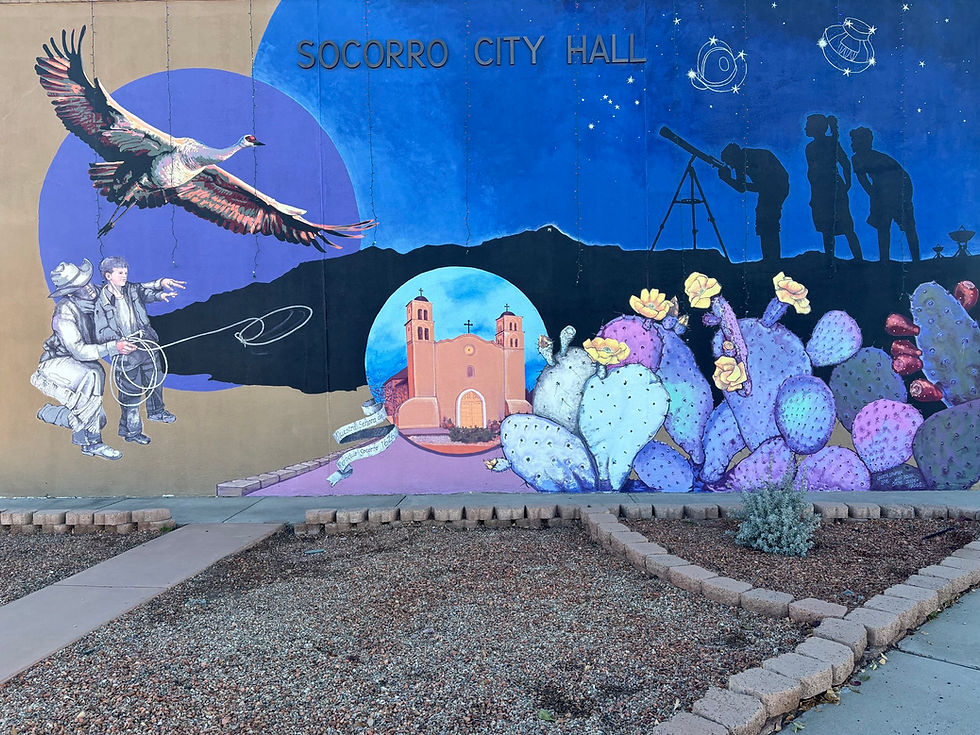Re-seeding the canoe plants
- kaydee777
- Sep 6, 2022
- 3 min read
With markedly shorter and cooler days (that’s temperatures in the nineties not triple digits) I decided to refresh my Calendula plantings with a few purchased packets of different cultivars.

Calendula, I have found, prefer the cooler months and will even survive through winter here.

They have made themselves a garden staple, reseeding voluntarily when conditions are right, giving me guidance on planting times. They contribute bright flowers for salads, teas or medicinal ointments throughout the year, except for about six weeks to two months in that period when summer is hottest, and most plants in my garden hunker down, just enduring in a heat induced dormancy, neither flowering nor fruiting.

Calendula salve is a steady seller at the market, and a topical skin balm in everyday use at the 6th Avenue Shala. The current bright yellow blooms are from seeds saved and resown and saved again over maybe fifteen years now.

They are my very own, personalized version of canoe plants - the food and healing plants which native Hawaiians carried in the first voyaging canoes.

The original cultivar might have been Calendula ‘Pacific Beauty’ .

The pollinators love them so, if neighbours nurture any Calendula officinalis, we are open to new pollen. That said, I haven’t seen much change in the uniformly bright yellow flowers in recent years. Occasionally there’s a reddish mahogany streak on the underside of petals as seen in top right of above image. There hasn’t been an orange bloom for years, hence the reseeding.

True to the nomad gene, I have lived and gardened and saved seeds in at least 15 different houses in the USA. Most of these were formally rented, but 4 of that number came with extra custodial duties and responsibilities of service, or what capitalist materialists call “ownership” As it has been variously, famously, and sometimes more eloquently, said: we don’t own the Earth. We inherit custodianship of it. We share it with all sentient beings.

Calendula seeds have travelled with me from circa 2007 and the Pacific beauty of Haleikeokekai, the little house with a ringside seat on sunrise over the Salish sea, where tall trees, ferns and mosses flourished and collecting eloquent driftwood to shape the garden was easy.

After a swoop, and a few seasons inland, in definite four seasons country of eastern Washington state, the seeds crossed the ocean to the 365 day growing season of the tropical rainforest climate zone of Hale Mahina, on a volcanic island archipelago set far in the Pacific Ocean.

Perennials and blooms were more prevalent in this lush, rain-every-day, subtropical garden with the moon flower perfumed entrance. Some calendula were however sown in that oh so horticulturally responsive, youngest earth in the world, island jungle.

A few seeds returned to continental USA, to prove amazingly viable still, considering the high humidity conditions they had endured. In the desert southwest, they incarnated several seasons in pots and a library community garden, before being sown in the Garden of Earthly Delights at the 6th Avenue Shala in the northern Chihuahuan desert.

Yes. Definitely time for a refresh on the Calendula genetic material.

Most of the fresh purchased seeds have been sown in pots. Because of the water wise garden plan. Because I had collected pots over the various incarnations of rented living arrangements. But mainly because of the current problematic roommate: namely a very adamant skunk intent on nocturnal cultivation of garden beds. An activity which, though it might be yielding delicious grubs for skunk and positively impacting the balance in the local ecosystem, is proving less than beneficial for plants, bulbs and seedlings in those areas.

In a lapse of attention, I might not have gotten the labeling correct. Sigh. Normally so good with the librarianish thing of keeping records, I will now have to wait for the blooming for certainty. With four variations of Calendula in close proximity, they are sure to cross pollinate too, so labels are kinda irrelevant in the big scheme of things. But tell that to the picky, small town USA farmers market shopper who wants a label. Or reassurance that they know true stuff in this great confusing conspiracy theory laden fog.
In so many ways we navigate blind, without sign or label, every day. Starting over. Re-seeding the canoe plants.

Seed packets for the market needed a refresh too. After the pottering session with seeds and earth outback, another 100 packets were printed, ready for this season’s seed saving and pollinator attractor market offerings.




Comments